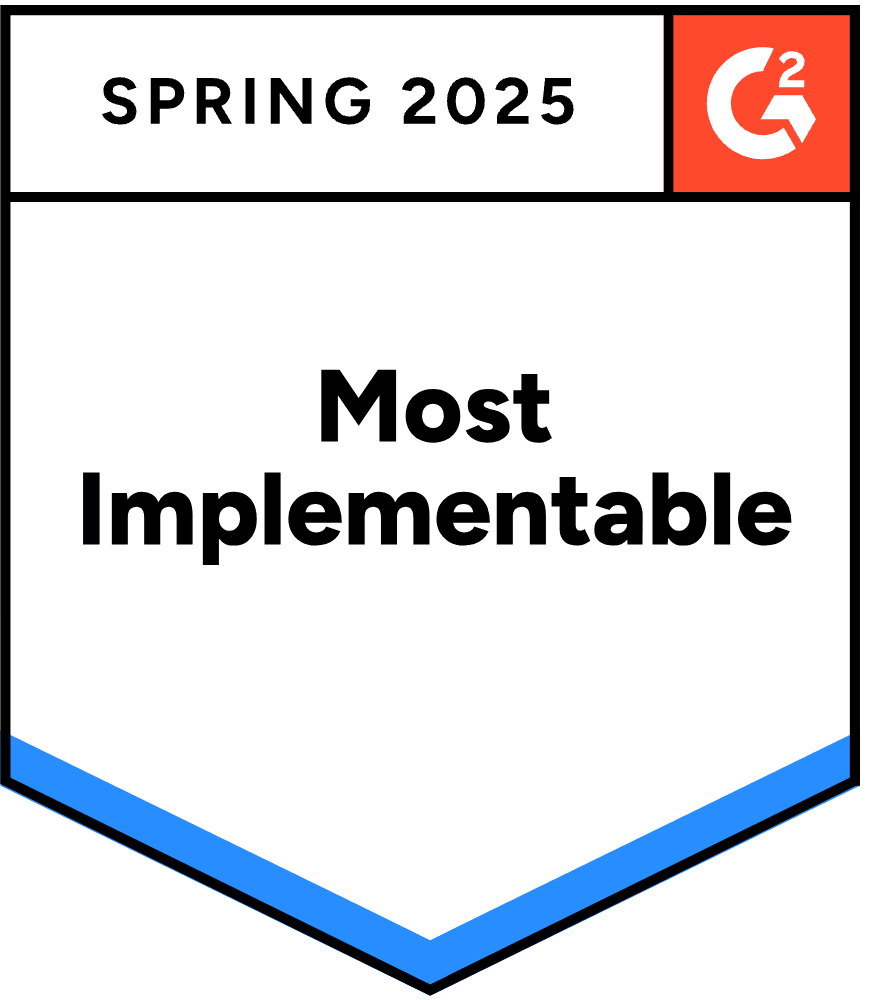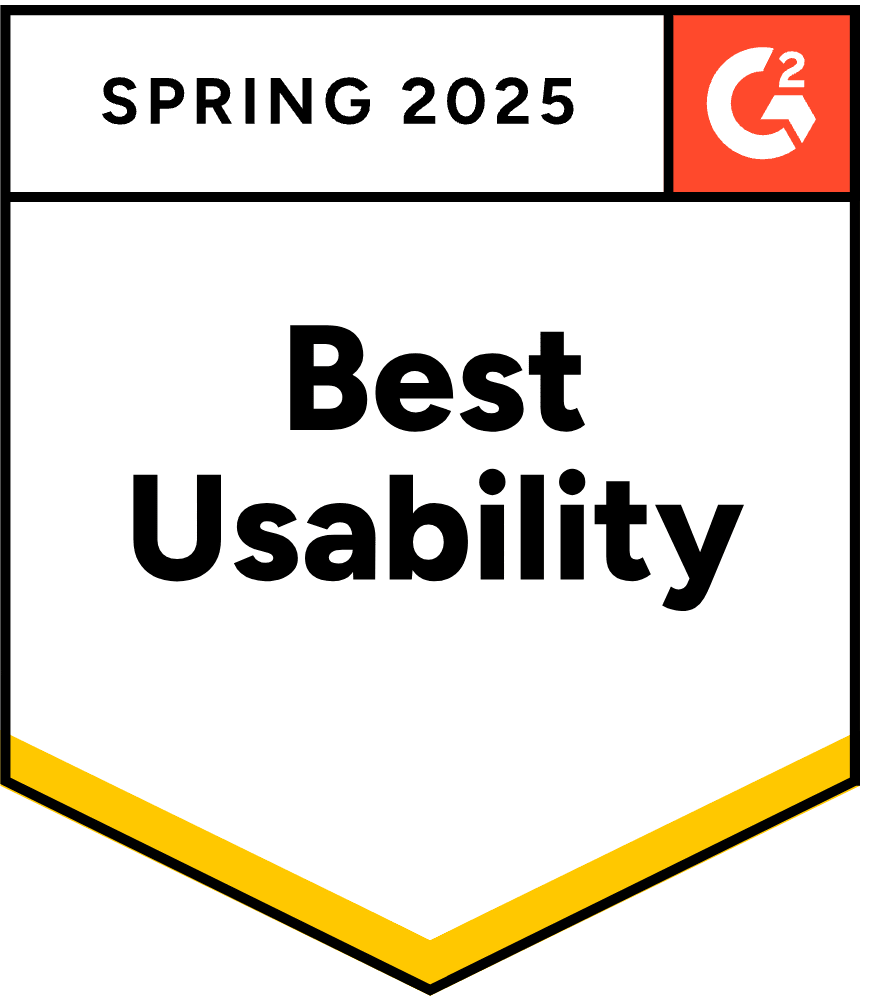“Water, water, everywhere, nor any drop to drink,” wrote Samuel Taylor Coleridge in his epic poem The Rime of the Ancient Mariner. This quote is a powerful metaphor for the modern business landscape, where organizations are surrounded by a seemingly endless sea of customer data but lack the ability to effectively utilize it.
Organizations today have access to a wealth of customer feedback in the form of text, but too often, they struggle to make sense of it all. A recent Accenture study highlights the challenge, finding that while 64% of consumers want companies to respond more quickly to their needs, 88% of business leaders feel they can’t respond effectively. Customer Experience (CX) programs and customer feedback surveys, including open-ended questions, provide the space for customers to express themselves. However, many organizations are overwhelmed by the sheer volume of customer feedback, as well as the nuances of human expression that make text analysis difficult.
In this digital age, the ability to understand and analyze customer feedback and sentiment is becoming increasingly crucial.
Customer Experience (CX) has been a major focus of investment for organizations over the last ten years and is poised for continued growth. These tools incorporate various sources of customer feedback, perhaps most notably the famed NPS survey (or similar satisfaction survey), but they often lack tools to effectively comprehend one of the most prevalent and expressive forms of customer feedback: open-ended text. Even the information from survey open ends is challenging to analyze at scale (and is often just used as report window dressing).
Why?
The reason is that traditional text analytics tools are notoriously complex to use and require significant technical expertise to generate value. The focus was mainly on keyword extraction and rudimentary sentiment analysis (positive/negative/neutral). However, the current breed of AI-powered text analytics tools (like Canvs AI) are designed for ease of use, offering a more intuitive and user-friendly interface. These tools leverage advanced Natural Language Processing (NLP) techniques to offer a much more comprehensive understanding of customer data, with the ability to streamline the classification of conversation and provide nuanced emotional analysis. These tools also allow organizations to extract greater value from their customer data, driving business outcomes and improving the customer experience. Perhaps more importantly, they lower the barrier of entry for using text analysis both in terms of the kinds of organizations that can use them (no longer just the largest enterprises) and the number of use cases and data sources (for example, being used across the market research and customer experience teams).
The current moment in text analytics is reminiscent of the advent of modern CRM and marketing automation, where companies like Hubspot put capabilities that were once restricted to large enterprises with large, dedicated resources into the hands of mid-sized companies with modest sales and marketing teams. Now those teams are able to execute sophisticated marketing strategies with just a few clicks (and fewer people). Specialized technical skills in text analysis are no longer a barrier to being able to understand consumer text feedback at a large scale.
Just as the Ancient Mariner and his crew found themselves in a desperate situation, surrounded by water but unable to drink it, organizations today are surrounded by customer data but lack the ability to make sense of it. With the help of NLP, however, they can unlock the valuable insights contained within and turn the tide in their favor.







